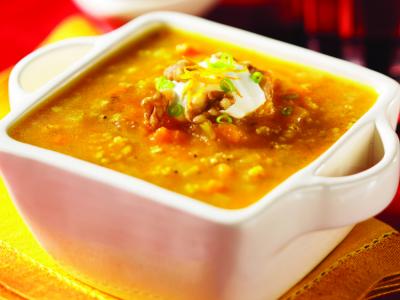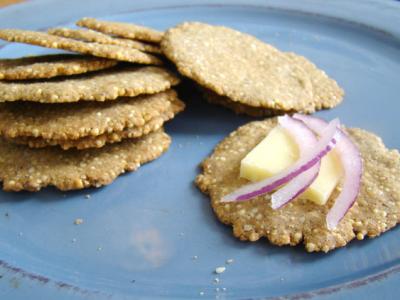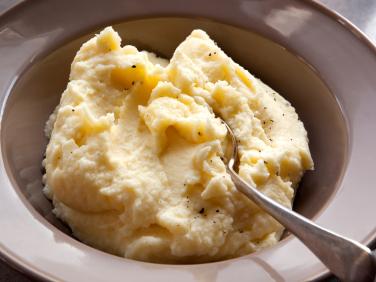Sprouting (Malting) Millet Makes Some Minerals More Bioavailable
In India and some other countries, sprouted (malted) grains are commonly used as weaning foods for infants and as easily-digested foods for the elderly and infirm. A study at the Central Food Technological Research Institute in Mysore, India, measured the changes caused by malting finger millet, wheat and barley. They found that malting millet increased the bioaccessibility of iron (> 300%) and manganese (17%), and calcium (“marginally”), while reducing bioaccessibility of zinc and making no difference in copper. The effects of malting on different minerals varied widely by grain.
Journal of Agricultural and Food Chemistry. 14 July 2010; 58(13):8100-3.



